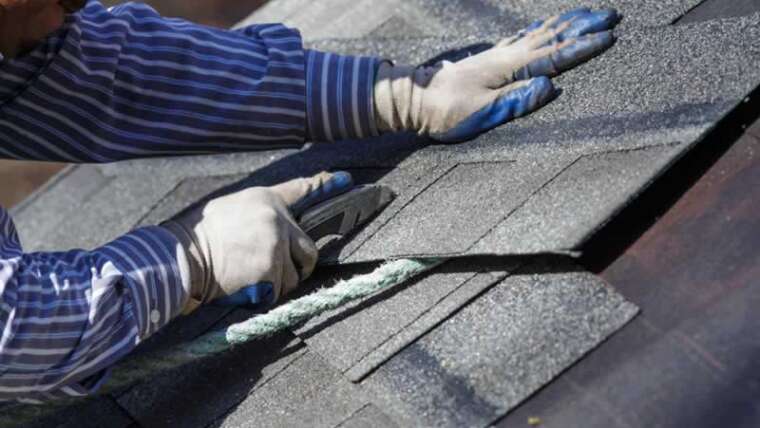As a handyman, it is devastating if your home is damaged by fire and smoke. Not only are you dealing with the stress of making your family feel safe and secure, but you have also experienced the sentimental loss of your bespoke home and all the hours you have spent making it perfect .
It may be tempting to put your heart and soul into the reconstruction, but now it's time to be careful. If you are dealing with an insurance claim, be careful before you start a DIY project. Your insurer calculates the cost of getting your house back to the state it was in before the fire by completing repairs and replacing damaged items. The insurer can pay these costs directly to a selected contractor or send you a check to manage payments to anyone you hire, including but not limited to: executing yourself. Regardless of whether you do it or a company the released amount will likely remain the same. It is therefore important to manage funds well.
Tell your insurer about your intentions before you start this remedy or repair yourself, and be sure to check your long-term insurance. Many insurance policies describe how repairs should be done. Your mortgage lender can also have a say in how repairs are done, as it also has a financial interest in getting your home back to the state it was in before it was lost, as it continues to be collateral for your loan. An insurance attorney can also help you by looking at insurance specialists and ensuring that the amount of work for structural repairs and other covered costs is properly assessed. Home repairs are complex after a loss like a fire. Given these limitations, here are some tips if you have been given permission to repair smoke damage yourself.
# 1 security
Smoke damage can be harmful to health due to very small soot particles. Inhaling soot can damage your airways and cause cancer in the long term. Before attempting recovery, make sure you have the correct safety equipment, including:
- Safety glasses to protect your eyes;
- A mask that covers your mouth and protects your face; and
- Heavy gloves.
# 2 detergent
The most effective products for cleaning soot and smoke damage contain trisodium phosphate (TSP). In addition to cleaning products that use TSP, you need:
- A large sponge (like you could use it to clean your car);
- Large buckets;
- Warm water;
- Rags;
- A vacuum;
- Fans;
- Degreaser or soot remover;
- Rub alcohol; and or

# 3 Clean the structure of your home
This will be a big effort, so take it section by section. Start vacuuming soot. Dip the sponge with heavy gloves in your TSP solution (one gallon of water on a tablespoon of TSP) and work on part of the walls. First wipe the ceilings and walls with the sponge and then rinse them with rags and warm water. You may need to repeat this step several times, but be careful not to soak the walls.
If you've cleaned your home from soot and smoke damage and still smell like smoke, you may have reached the limits of your DIY skills. Most homeowners rely on professionals to remove odors because the damage is at the molecular level. Make sure you take appropriate security precautions and ensure that your insurer and mortgage lender agree to your plan before you start.




